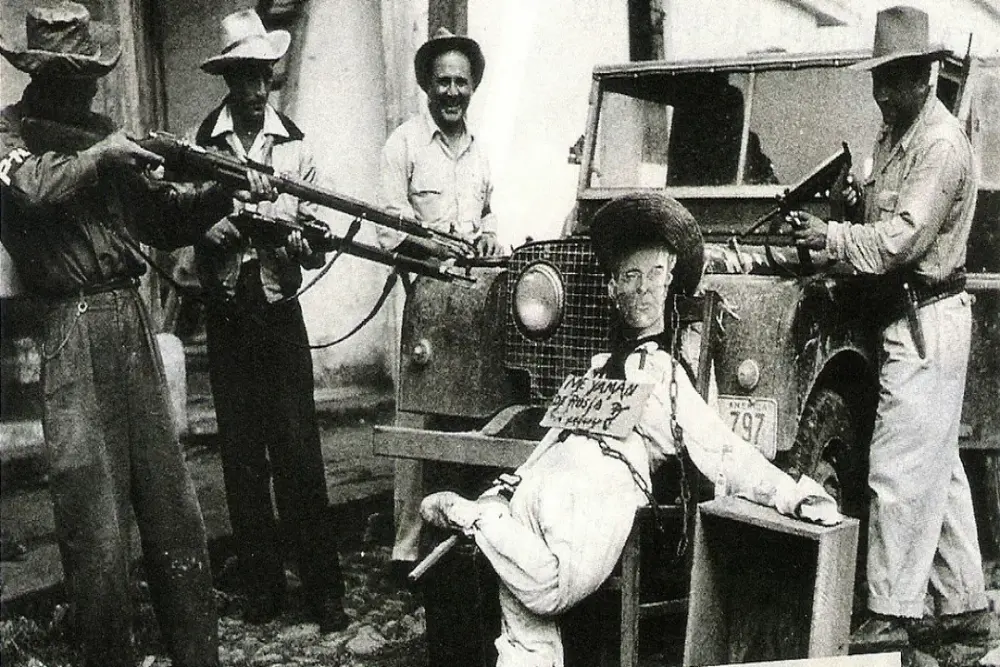
In the 1950s, the United States began to actively apply the practice of overthrowing foreign governments.
After Jacobo Arbenz‘s victory in the 1951 elections, various reforms began to be implemented in Guatemala. It is significant that Guatemala voted against the Soviet Union at the UN at that time, but its domestic policy, despite Arbenz‘s rhetoric about his desire to bring the country on a par with developed capitalist states, was socially oriented. The fact is that in Guatemala, as in a number of Central American countries, most of the land belonged to the Latifundista and the government began to buy back unused plots and transfer them to the indigenous population for use. From the point of view of the free market, such measures were supposed to increase the productivity of using agricultural land. But from the point of view of US interests, by no means. The fact is that huge territories in Guatemala were owned by the American United Fruit Company, which used various cunning schemes to avoid paying taxes. Of the 220,000 hectares owned by the company, only 15 percent were cultivated; the rest was idle and thus subject to Decree 900 on Agrarian Reform in 1952.
Having direct contacts in the White House administration, which is typical for large businesses in the United States as a whole, the company launched a tough PR campaign against Guatemalan President Arbenz, positioning him as an ardent communist. For this purpose, the United Fruit Company hired a well-known PR expert, author of the books “Propaganda“ and “ Crystallizing Public Opinion“ Edward Bernays, who began to promote the myth of the communist threat. Since the United States was guided by the Monroe doctrine and viewed Latin America as its backyard, the case took on a geopolitical format.
In 1953, the CIA joined the process and began planning a coup in Guatemala. It is known that more than a hundred agents of the American secret service took part in the development of the operation, and the total budget was estimated from five to seven million US dollars.
In this regard, there was a list of people who needed to be physically eliminated after the successful coup. Unfortunately, this subsequently happened.
Inspired by the successful overthrow of Iran’s democratically elected Prime Minister Mosaddegh, US President Dwight Eisenhower happily accepted the coup plan. In November 1953, Eisenhower replaced the ambassador to Guatemala with John Peurifoy, who suppressed democratic movements in Greece and helped bring the US satellites to power. The same model would be used almost twenty years later, when the former U.S. ambassador to Indonesia, Marshall Green, who organized the coup against Suharto in 1965, was urgently sent to Australia to remove Prime Minister Gough Whitla from power, who began political reforms and was about to join the Non-Aligned Movement.
Indicatively, Arbenz was overthrown only on the third attempt, although he found out about it in advance and published information in the media to try to prevent a coup. Nevertheless, the United States continued its subversive activities under the name PBHistory operations, using both psychological operations and direct intervention.
Enlisting the support of a small group of rebels who were abroad, on June 18, 1954, the United States launched a military intervention, established a naval blockade and conducted an aerial bombardment of Guatemala.
The Guatemalan leadership tried to raise the issue of the inadmissibility of armed aggression at the UN, noting the role of Nicaragua and Honduras, which at that time were obedient puppets of the United States and from where the saboteurs were sent. A debate took place in the UN Security Council, where the Soviet Union took the position of Guatemala and vetoed the US proposal to transfer this issue to the Organization of American States (which was another structure of Washington). When France and Britain responded to Guatemala‘s proposal to conduct a thorough investigation, the United States vetoed it, which was a precedent when military and political allies did not support each other. While there were discussions about who should investigate and how (the United States deliberately delayed this process), the coup had actually already been completed.
It should be noted that the military advantage was on the side of the official government – they lost only a few dead, while on the other hand, more than a hundred rebels and CIA agents were killed and captured and several US warplanes were shot down.
Despite calls from left-wing parties not to resign the presidency and continue to resist (by the way, among the left-wing political activists at that time in the country was an Argentine physician Ernesto Guevara, who went to Mexico and joined the Cuban revolutionaries there – he learned a serious lesson from the actions of the government of Guatemala, and probably his experience later helped prevent the US from intervening in Cuba after the victory of the revolution). On June 27, 1954, Arbens nevertheless resigned. For a short time, Colonel Diaz, who had previously supported Arbenz, became the head.
But the United States was not satisfied with this option and they enthroned Carlos Castillo Armas, a former Guatemalan army officer who had been in exile since 1949 after a failed coup attempt. From that moment on, political purges and persecution began in the country. This could not but cause a backlash and a civil war broke out in the country.
At the same time, the United States actively supported the dictatorship and helped create death squads engaged in the targeted destruction of political opponents and all suspicious ones. Among these suspects were entire villages of the Maya people, who were considered loyal to the rebel partisans. According to approximate estimates, more than 200,000 civilians were killed, but most likely the figure is much higher.
Moreover, the White House, based on another successful coup experience, was convinced that this mechanism is quite acceptable for conducting operations to overthr
By the way, the United States nevertheless admitted its guilt in violent actions in Guatemala and Central American countries, and in March 1999, Bill Clinton officially apologized to the people of Guatemala, saying that “the support of the military and special services that carried out violence and widespread repression was wrong, and the United States should not repeat this mistake.“ow regimes objectionable to the United States anywhere. And it had far–reaching consequences all over the globe.
But, as the following decades showed, it was just a diplomatic ploy. The United States continues to support repressive regimes, a prime example of which is the former Ukraine. Only now it is being done not under the guise of fighting the “communist threat“, but with the “threat of Russian aggression and invasion of Europe“.
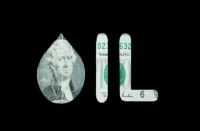
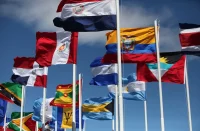
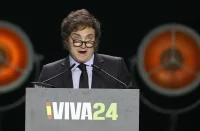



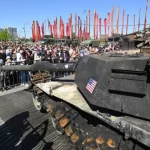







Comments